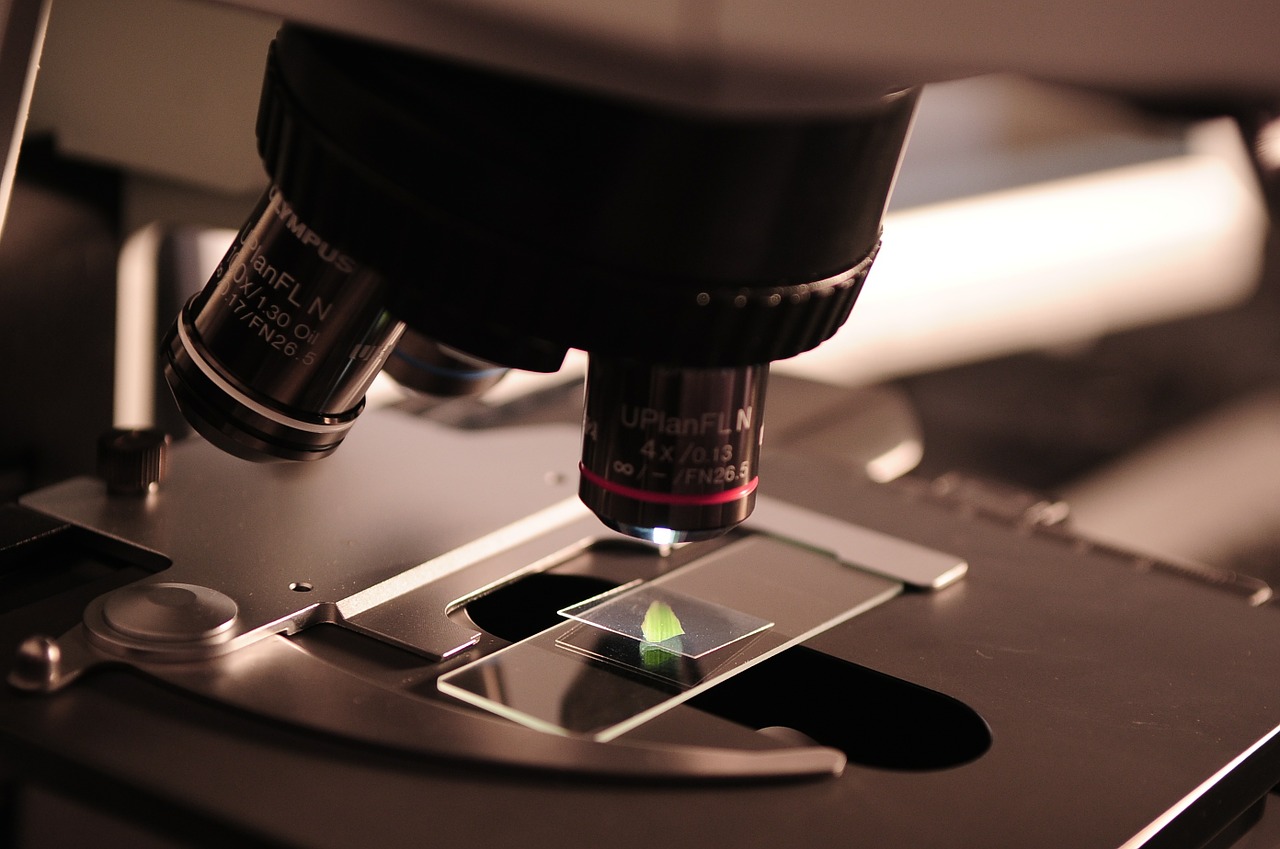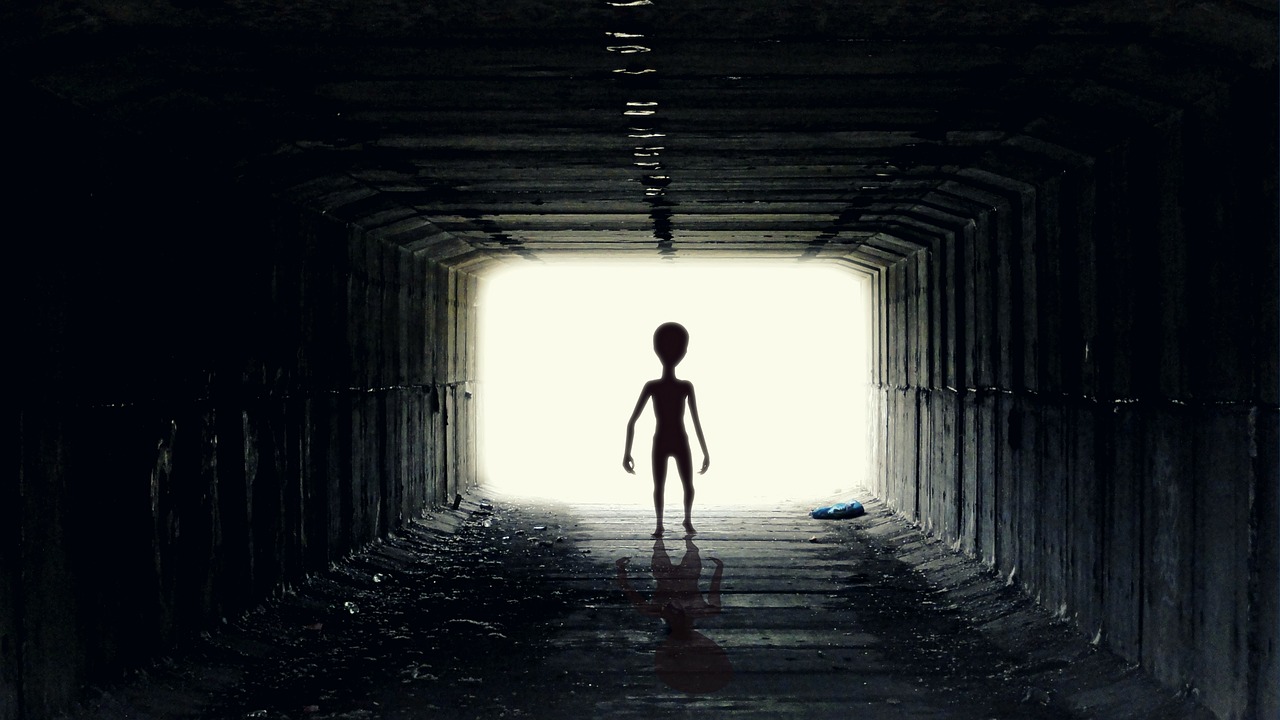Insomnia is the second most prevalent mental disorder, with no sufficient treatment available. Despite substantial heritability, insight into the associated genes and neurobiological pathways remains limited.
Here, we use a large genetic association sample (n = 1,331,010) to detect novel loci and gain insight into the pathways, tissue and cell types involved in insomnia complaints.
We identify 202 loci implicating 956 genes through positional, expression quantitative trait loci, and chromatin mapping. The meta-analysis explained 2.6% of the variance. We show gene set enrichments for the axonal part of neurons, cortical and subcortical tissues, and specific cell types, including striatal, hypothalamic, and claustrum neurons. We found considerable genetic correlations with psychiatric traits and sleep duration, and modest correlations with other sleep-related traits. Mendelian randomization identified the causal effects of insomnia on depression, diabetes, and cardiovascular disease, and the protective effects of educational attainment and intracranial volume. Our findings highlight key brain areas and cell types implicated in insomnia, and provide new treatment targets.





















